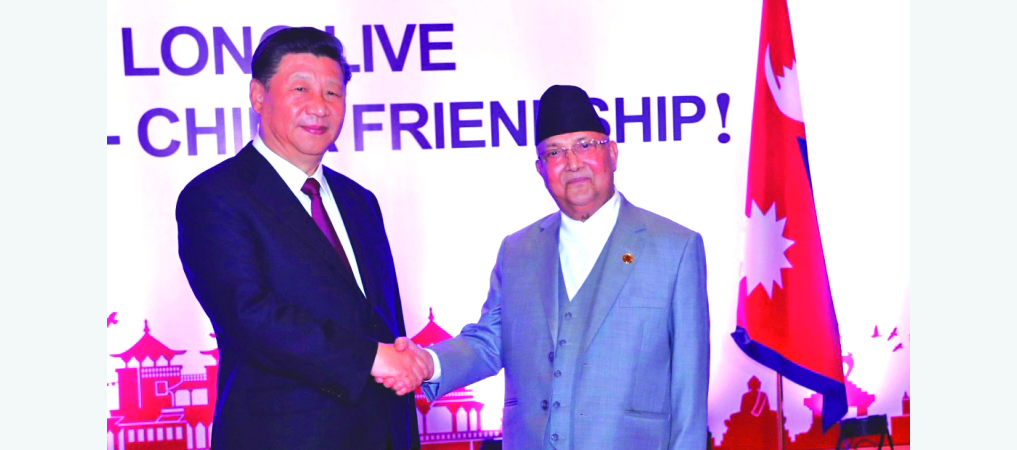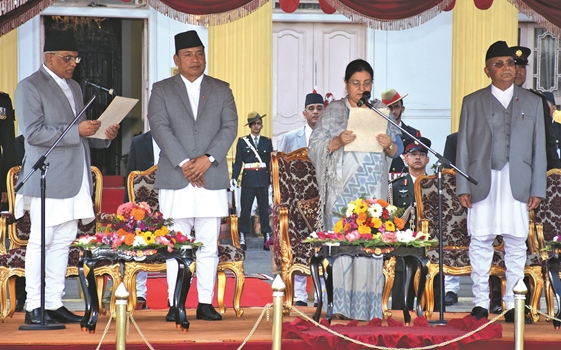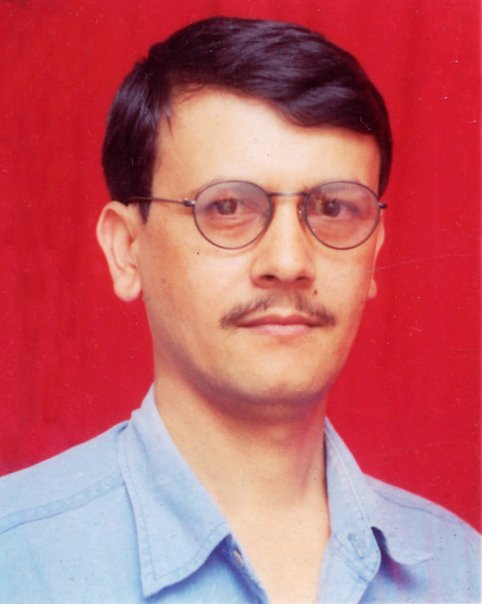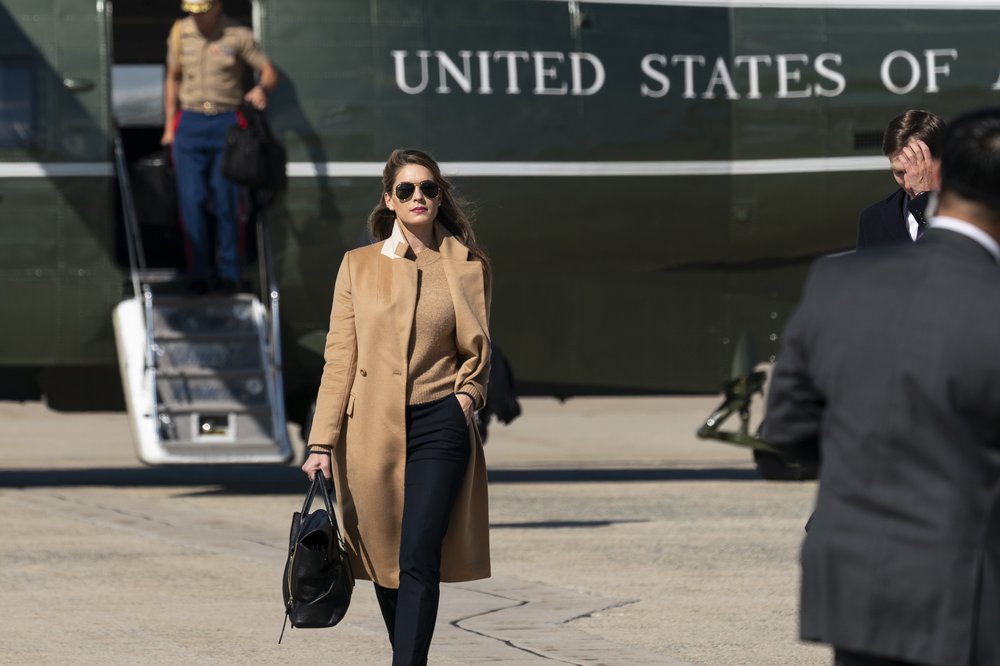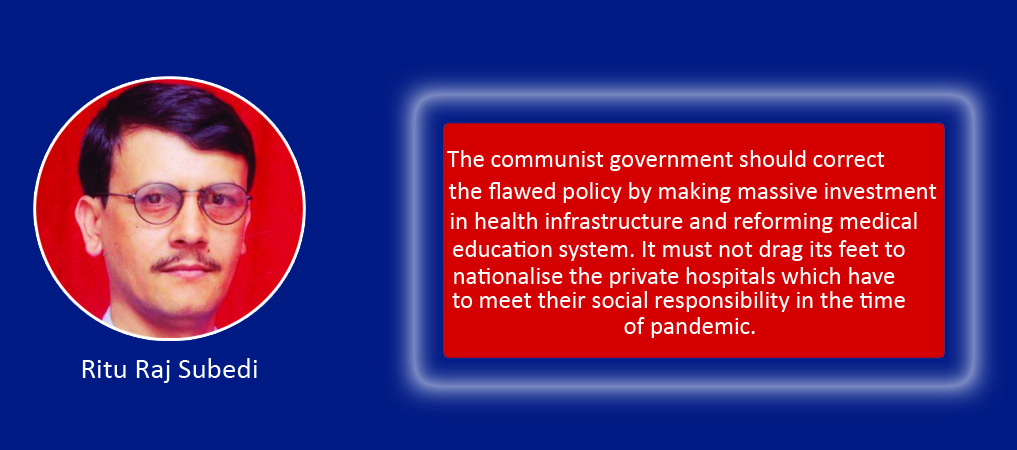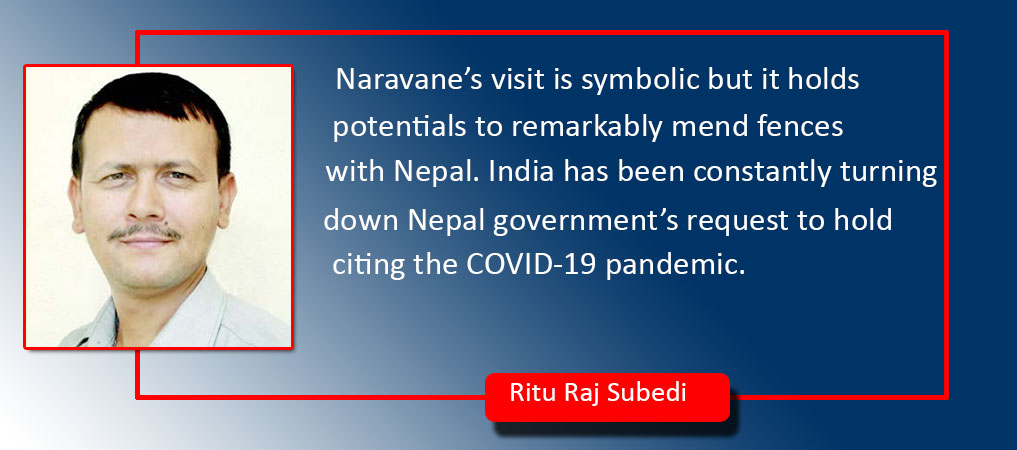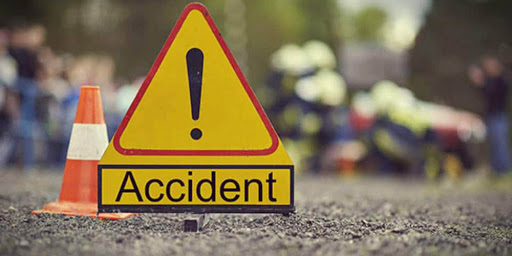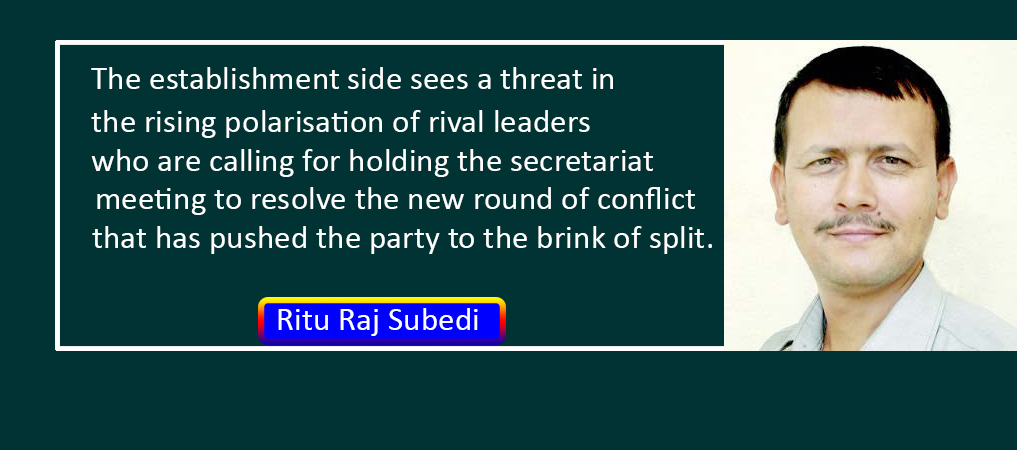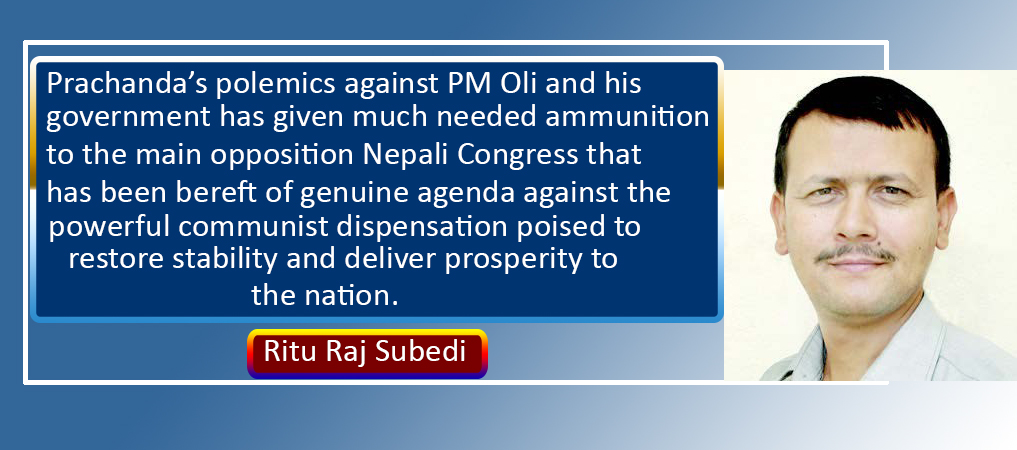Nine-day Navadurga dance of Bhaktapur begins

By A Staff Reporter
Kathmandu, Oct 11 : The nine-day special Navadurga dance of Bhaktapur will begin on Monday by performing specific rituals of various localities of Bhaktapur district and nearby areas.
The Banmala community has the sole authority to perform the traditional Navadurga dance. All the performers, called Gana, consisting of twelve dancers, three musicians and others need to keep up the tradition of the community.
The Navadurga troupe travels around the Kathmandu Valley and Kavre for the nine days of Dashain festival performing dances and specific rituals.
They travel to the various localities of Bhaktapur -- Suryamadhi, Dattatraya, Golmadhi, Taumadhi, Changu Naryan, Thimi and other areas, performing their dances.
They also reach Sankhu in Kathmandu, Nala, Banepa, Dhulikhel, Panauti and Shreekandapur of Kavre district. Once in every twelve years, they also visit Pashupatinath, Tokha, Gokarna and Hadigaon of Kathmandu.
Narayan Prasad Banmala, head of Navadurga dance troupe, said that the nine-day dance begins from the fifth day of the Dashain, and it continues till Kojagrat Purnima, the last day of the festival.
Navadurga dance is indigenous to Bhkatapur. Many locals name their businesses also as Navadurga because of the popularity of the dance.
He said that of the 19-member dance troupe, 12 wear masks of various Goddesses and Gods while performing the dance.
The masked dancers represent the faces of Navadurga, Mahakali, Barahi, Kumari, Bramhayani, Maheswori, Vaisnavi, Indrani, Mahalaxmi, Bhairav, Sima and Ganesh.
The new masks of Navadurga are made every year at the beginning of the festival and they are cremated on the last day at the holy place of Bramhayani near the Hanumante River. Craftsmen from local Chitrakar caste make the special masks for the Navadurga dance.The people who play the
Devgan in the dance need to bear
all costs, from conducting the dance training to other expenses.
They need to spend three months for dance training, one month for secret puja performance in the temple and four months for dance performance in several parts of the Kathmandu Valley.
As they need to spend many months in attending training and performing the dance, these people do not get time to engage in other jobs.
This is one of the reasons behind the waning attraction of the young generation towards this traditional dance of Bhaktapur, said Banmala.
Recent News

Do not make expressions casting dout on election: EC
14 Apr, 2022
CM Bhatta says may New Year 2079 BS inspire positive thinking
14 Apr, 2022
Three new cases, 44 recoveries in 24 hours
14 Apr, 2022
689 climbers of 84 teams so far acquire permits for climbing various peaks this spring season
14 Apr, 2022
How the rising cost of living crisis is impacting Nepal
14 Apr, 2022
US military confirms an interstellar meteor collided with Earth
14 Apr, 2022
Valneva Covid vaccine approved for use in UK
14 Apr, 2022
Chair Prachanda highlights need of unity among Maoist, Communist forces
14 Apr, 2022
Ranbir Kapoor and Alia Bhatt: Bollywood toasts star couple on wedding
14 Apr, 2022
President Bhandari confers decorations (Photo Feature)
14 Apr, 2022



